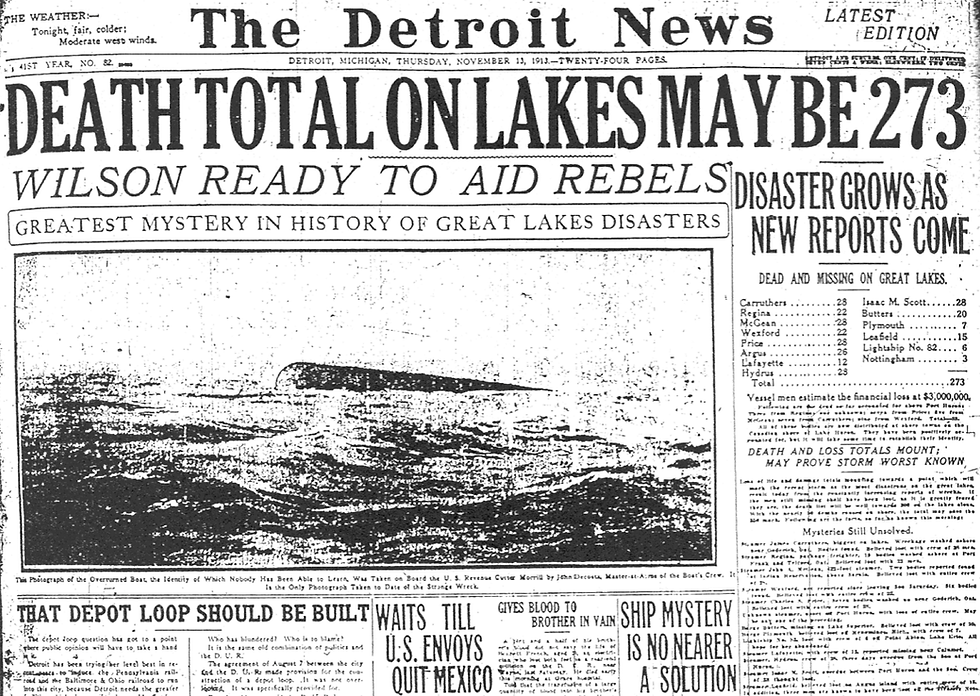Is the Multi-Outboard Trend Justified? (Part Two)
- Bill Jennings

- Apr 13, 2021
- 5 min read
Updated: Jan 6, 2023
By: Captain Bill Jennings

An in-depth look at the current trend to add more outboards to boats – Part Two
I noted in Part One of this article that the added weight of an extra outboard to the back of a boat can actually improve performance by moving the center of balance towards the stern, which also reduces the wetted surface when on plane. However, it is easy to add too much weight if a boat is designed for a single or twin outboard, because it can result in a boat with a tendency to porpoise.
We know that hydrodynamic drag is caused by friction between the water and the boat bottom/lower unit combination. Such drag reduces performance. What you may not know is that boat/water friction can be greater than friction between solids. Friction between two solids is greatest when they are together. Once the friction holding the solids together breaks free, the friction force is decreased as the speed between the two is increased. In other words, the friction between solids decreases with speed. With boats, the friction between boat and water increases with boat speed. This explains why a single larger outboard application can be more efficient, and therefore generate similar speeds, than two slightly smaller twin outboards.
For a boat to go faster, it has to work harder. More energy is needed. This energy can be supplied in the form of horsepower. We can look at "power" as the rate at which work is done. Larger horsepower, the kind we see printed on the back of outboard motors, can be the key to finding the energy we need to overcome boat drag. As such, this is a technical take on the argument for adding outboards to a transom.
Because boat drag depends upon hull shape and surface texture, drag can vary dramatically between boats. Actual numbers are best determined experimentally. Being proportional to the square of speed, the power needed to overcome the drag in a boat is proportional to the cube of speed. The added horsepower requirement therefore, represents a very steep curve.
But are multiple engine purchases all about having more power? Do people who can afford large boats really study technical numbers before opening their wallets? I doubt it. One look at the line of quad 450Rs on the back of their dream boat and the salesman need say no more. Manufacturers confess that ego can be one of the primary motivations for buying multi-engine outboard boats. The flashier the better. People with deep pockets have been buying slick sports cars for years, so why not boats? Car buyers can be even more extravagant. Did you know that an oil and filter change for a Bugatti sports car costs $25,000? Bugatti wheel rims expire at 10,000 miles and the mandatory replacement cost is $50,000. This should discourage any rational buyer, yet Bugatti sold 82 vehicles in fiscal year 2019. These buyers want to be noticed.
On another note, while boating recently, I noticed something interesting about the boats with crowded transoms. They do not necessarily travel any faster. Either they are not really looking for an adrenaline rush or they don’t have the driving skills to operate their boat to its full potential. Any boater seriously considering buying a boat with multi outboards, should first be a skilled operator.
When considering recommendations and information from others, be sure to consider the source of the information. Different sources will have a different bias. For example, dealers and marine manufacturers naturally prefer the profits found in multi-engine boats. But boating interest groups have to be concerned with the trend towards multi-engines pricing the average boater out of the market.
Multiple outboard boats are not without some clear advantages. What they do for acceleration is nothing short of amazing. Adding more spinning propellers to push water aft to move you forward is a sure benefit. Another bonus is the efficient control systems that operate them. The latest throttle controls are designed for easy operation and joystick handling is a common inclusion. The only drawback to such benefits is that you may be paying for a cure where there is not a problem.
If you are a looking at a multi-engine purchase, be sure to understand the warranty provided by each manufacturer. And plan ahead for when problems do occur. An outboard motor’s life expectancy is estimated between 1500 and 2500 hours of use, provided that the recommended maintenance schedule is followed. This also includes a couple of stops in the shop during that time, which can create a large variation in life expectancy due to differing applications, size of motor, and how they are driven. Surprisingly, the average pleasure boater only puts between 50 and 75 hours a year on their motors. This means that an outboard can last for 20 years or more. Remember, though, that when your motors do expire your replacement cost will, of course, be higher for boats rigged for multiple engines.
If you strive to be a lifelong boater it’s a good idea to consider the importance of driving skills before horsepower. The returns are greater and far less expensive. As you develop boating knowledge and handing techniques, your increase in enjoyment and capability will far exceed your perceived desire for adding outboards.
If triples or quads are not for you, here is how you can decide between single or twin outboards. Ask yourself these questions: What type of boating do I plan to do, and where? Is top speed important to me? Is engine reliability critical for where I boat? Do I have a limited budget? Would I like to go on cruise holidays or do I mostly do day trips? Am I a fair weather boater? Do family or friends participate in tow sports? Does the way I use my boat make fuel economy an important factor?
One simple way to estimate your horsepower needs is to divide the weight of your boat in pounds by 25 (*for general boating purposes.) For example, a 28 foot SeaRay weights about 7,000 pounds. Dividing by 25 indicates you should have 280 or more horsepower to achieve a minimum satisfactory boating performance. Translating that to outboard choices, you could go with a pair of 150 hp or a single 300 hp. If you are accustomed to strong performance, go with a single 350 or twin 200’s.
Boats with 4 to 12 outboards squeezed onto their transom make for interesting press, so the number of pictures we see of them in magazines and on the Internet is disproportionate to the actual number sold. There is no reason to develop an inferiority complex when you see them in pictures, or even in person. Your poor little single outboard boat may move sufficiently fast, handle more easily, and cost considerably less.
I would sum it up this way: Four or more outboards can be a viable alternative to inboard engines in boats over 40 feet. For boats between 34 and 40 feet, triples are an interesting alternative. Twins have applications for boats 28 to 36 feet. For boats less than 28 feet, a single outboard is the best choice, and you have plenty of engine and power choices to choose from.
You may also like: Is the Multi-Outboard Trend Justified? Part One #tips #quicktips #culture


















Comments